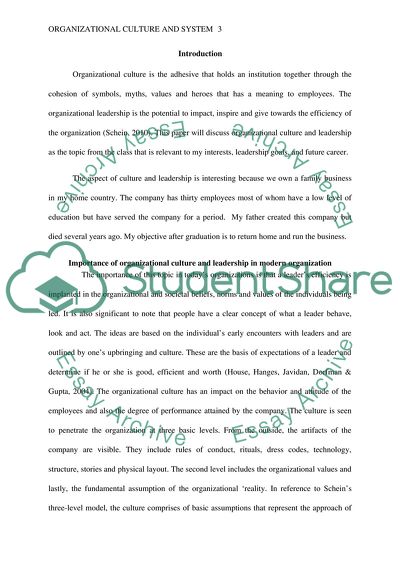Cite this document
(Organizational Culture as a Way to Unite Employees Research Paper, n.d.)
Organizational Culture as a Way to Unite Employees Research Paper. Retrieved from https://studentshare.org/human-resources/1868679-organizational-culture-and-system
Organizational Culture as a Way to Unite Employees Research Paper. Retrieved from https://studentshare.org/human-resources/1868679-organizational-culture-and-system
(Organizational Culture As a Way to Unite Employees Research Paper)
Organizational Culture As a Way to Unite Employees Research Paper. https://studentshare.org/human-resources/1868679-organizational-culture-and-system.
Organizational Culture As a Way to Unite Employees Research Paper. https://studentshare.org/human-resources/1868679-organizational-culture-and-system.
“Organizational Culture As a Way to Unite Employees Research Paper”, n.d. https://studentshare.org/human-resources/1868679-organizational-culture-and-system.


